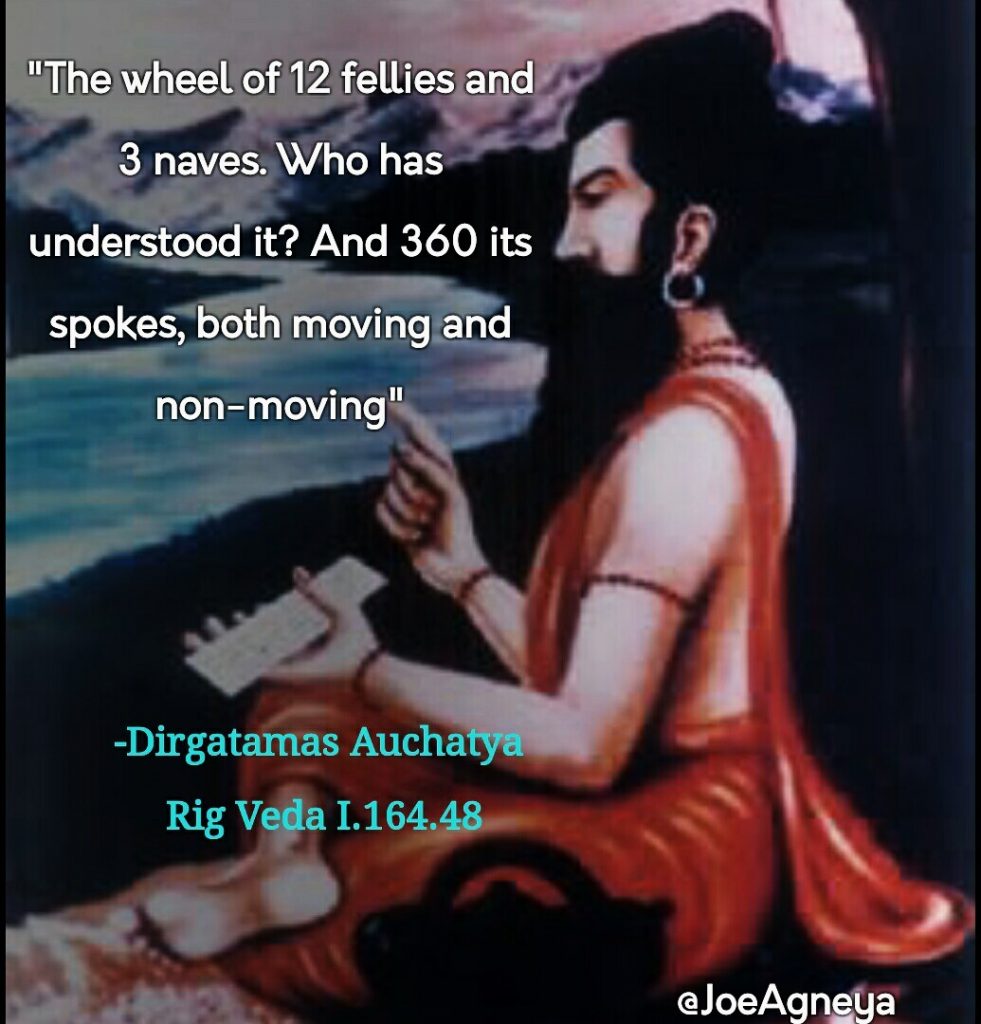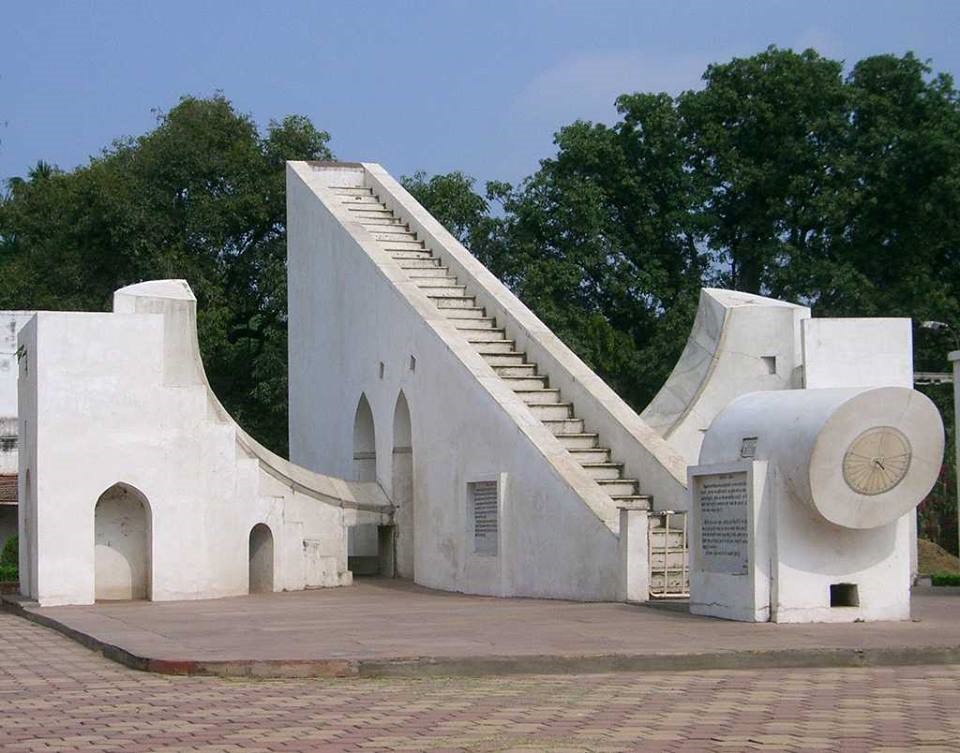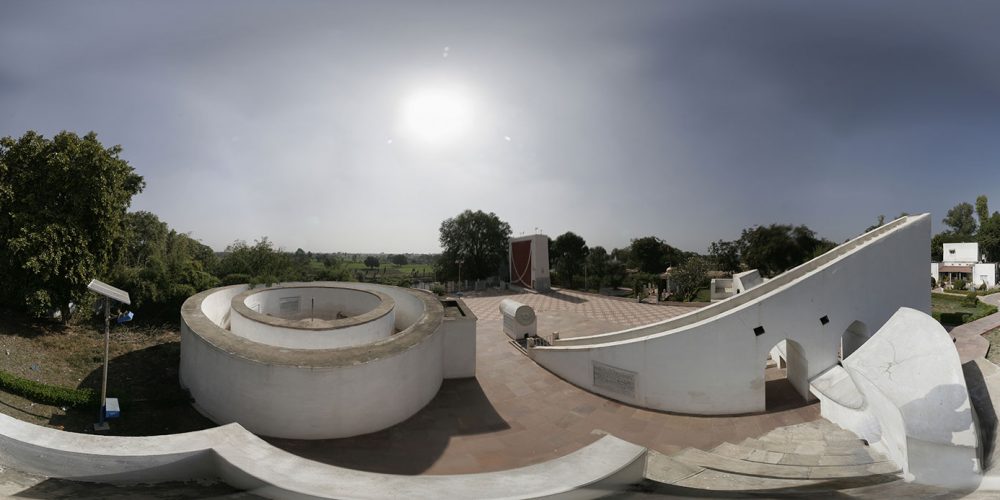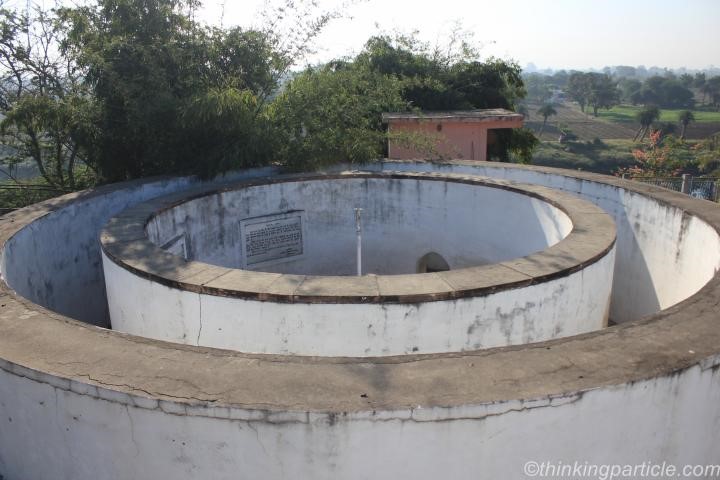In 1988, the historian of science William H. Donahue published his article “Kepler’s fabricated figures: covering up the mess in the New Astronomy” in the Journal of the History of Astronomy. He had studied and translated Kepler’s Astronomia Nova prior to this. That was when he had stumbled upon the fraudulent fabrications of astronomical data made by Kepler to prove his(as the world has been led to believe) heliocentric-elliptical orbit theory. Donahue has conclusively shown that Kepler could not possibly have made the observations of planetary orbital periods from the triangulation method he offered as proof. And yet, his planetary predictions were extremely- impossibly- accurate for the times. A hundred times more accurate than those of Copernicus. This was a clear case of manufacturing ‘proofs’ from results- something his successors may also be accused of doing.
Of course, the west was dismissive of the seriousness of this. Such a great man, one of the founders of modern science. So what if he fabricated a few numbers? In unanimity the west refuses to acknowledge the possibility of plagiarism from proximate Arab sources. “So he fudged a little. This doesn’t take him down a notch. It was a small point in the argument,” Donahue himself vindicated Kepler. But we must raise the question- if Kepler and his teacher Tycho Brahe are both now known to be of questionable integrity, could they not have lifted their theories and data en masse from foreign sources that were freely available in circulation for centuries? If so, where did they get their fabulous Tychonic model, elliptical orbits, heliocentric periods etc from? What was the proximate source and what was the ultimate source? We shall deal with the particular case of Kepler in a subsequent article. For now, let us return to India.
Indians have always taken astronomy very seriously, we all know. There were always star gazers here in the recorded past. But was there ever a dedicated observatory? A place where the gazers gathered to gaze together.
Where, one wonders, did Atri Bhauma observe and record that famous total solar eclipse of the Rig Veda? Where exactly did Yajnavalkya of the Shatapatha Brahmana conjure the intercalary 95 year cycle to align the lunar and solar years? Where was he struck by thoughts, some dare say, so close to heliocentrism? Somewhere in Mithila perhaps. Where did Dirghatamas Auchatya conceive of the celestial circle of 360- which would later become the 360 degrees of mathematics? Both appear in his cryptic Rig Vedic hymns and in clearer, more developed forms in later texts such as the Shatapatha Brahmana and the Vedanga Jyotisha. We may never know.
 But what we do know of are two historically attested observatories.
But what we do know of are two historically attested observatories.
The oldest and the most outstanding one was at Ujjain. It was like a magnet unto the brightest minds from all over the country to gather and work together.

The present observatory in Ujjain built by Maharaja Jai Singh II in 1725 (sun dial and Nadi valaya yantra)
Look at the names of the big shots who worked at Ujjain.
- The author of the foundational text Surya Siddhanta, who did not even reveal his own name
- Aryabhata(499 CE) may have come from Bihar. He is speculated to have done his initial learning from Nalanda mahavihara before moving to Ujjain. Composed Āryabhaṭīya and the Arya-siddhanta.
- Varahamihra(505–587 CE) ??? from Ujjain. He was the court astronomer of King Yashodharman of Avanti. Composed Pañcasiddhāntikā and Brhat-Samhita
- Bhaskara the Ist(600 –680 CE) came all the way from Parbhani, Maharashtra. Composed Mahābhāskarīya and the Laghubhāskarīya.
- Brahmagupta (598 CE-668 CE) came to Ujjain from Rajasthan. Composed Brāhmasphuṭasiddhānta and the Khaṇḍakhādyaka
- Vateshwara (880CE) may have come from Kashmir. Composed Vaṭeśvara-siddhānta
- Bhaskara the IInd (1114–1185 CE). Bhaskara the great, the game changing genius, hailed from Bijapur, Karnataka. He too could not resist the tempts of Ujjain. He is said to have become the head of the observatory. Composed the Lilāvatī, Bījagaṇita, Grahagaṇita and Golādhyāya(chapters of his book)
Looking at the above list, one is tempted to say “Nalanda and the other mahaviharas were for novices. Only the masters ever stepped foot in Avanti.”
If you know the full set of mathematical and astronomical results obtained by these intellectual giants at Ujjain, if you know how some of their magnum opuses were translated to Arabic and then disseminated into Latin works towards the end of the crusades when Islamic libraries such as Toledo in Spain fell to the Reconquista, if you know how the countless results contained therein started appearing in the works of Europeans such as Regiomontanus, Fibonacci, Tycho Brahe, Christopher Clavius, Copernicus and Kepler under their own names– If you know all this, you will truly appreciate how glorious and important Ujjain was to civilization. You will awaken to the realization- ?????? ??? ??? ?????? ???? ????????? ??????????? ?? ??? ??????? ?? ???-???????? ???????.
It is not possible to produce here the whole overwhelming mass of results obtained by these men. Here are a few of the most notable-
– Foundation of trigonometry- Defining the Sine(Jya), cosine(Koti-Jya), versine(utkrama-jya) etc. ‘Sine’ and ‘cosine’ are the result of double translations of the original sanskrit words.
– The world’s first trigonometric tables(Aryabhatta and Varahamihira) and very many basic and advanced trigonometric identities.
-Spherical trigonometry (Bhaskara II, chapter ‘Goladhyaya’)
– The first observation and recording of Heliocentric periods of Mars, Jupiter, Saturn and Venus(Surya Siddhanta and Aryabhatiya) with remarkable accuracy.
-Rotation of the earth( Aryabhata)
– The recognition of negative numbers and the rules for using zero(Brahmagupta)
– History’s first differential equation by Aryabhata and its elaboration by Manjula in 950CE
– The question of why people don’t fall off a spherical earth is an old one. Almost every single text mentioned above talks of ‘Gurutva’- the force which does the trick. Even the oldest surya siddhanta treats of it.
-The very beginnings of calculus in the hands of Bhaskara II
-The unification of physical laws and mathematics by Bhaskara the IInd. He calculated the instantaneous velocity of planets.
– Latitude and longitude determination for purposes of time keeping and navigation- all of which required precise trigonometric tables found only in India.
– Avanti meridian- The first zero degree prime meridian of the earth. Indian astronomers decided that the zero degree longitude must pass through their beloved alma mater Ujjain. And it did for hundreds of years. The honor now belongs to Greenwich meridian of London.
Indian trade and agriculture prospered for hundreds of years with the path breaking results flowing out of places like Ujjain giving rise to celestial navigation methods and accurate calendars for predicting seasons. Only in the 15th-17th centuries, following Vasco da Gama’s return with the rapalagai, an Indian instrument measuring pole star altitude, did Europeans begin to master celestial navigation, culminating with the invention of the chronometer in the 18th and full-blown colonialism conquering the seas in the intervening centuries.
It is to be remembered that until then, Europeans were great adventurers but very poor navigators. The story of Columbus looking for a route to India and getting so lost at sea that he went in the opposite direction only to finally land in the new world of ‘Red Indians’ is too well known to merit retelling. Also, Vasco da Gama did not find his way to India. He employed the services of an Indian navigator from Kenya who used the curious instrument ‘rapalagai’ the function of which Vasco had no clue about. He records in his diary that he took back with him to Europe to graduate into inches, only to return a few years later to begin military attacks on the East coast of India.
What happened to Ujjain?
Ujjain, just like the rest of India, suffered multiple devastating onslaughts from Turko-Afghans starting with Mahmud of Ghazni in 1001 AD. We are lucky they took some time to reach Avanti, so Bhaskara II could complete his world changing work. But within 50 years of Bhaskara’s death, Ujjain’s monuments, temples, observatories were all razed to the ground. Sultan Iltutmish (1210-1236AD) of the slave dynasty of Delhi captured Ujjain in 1233AD. The complete destruction is proudly recorded in the contemporary book ‘Tarikh-i-Jahan-Kusha’ by Alauddin Malik.
“From thence he advanced to Ujjain-Nagarî and destroyed the idol-temple of Mahãkãl Dîw. The effigy of Bikramjît who was sovereign of Ujjain-Nagarî, and from whose reign to the present time one thousand, three hundred, and sixteen years have elapsed, and from whose reign they date the Hindûî era, together with other effigies besides his, which were formed of molten brass, together with the stone (idol) of Mahãkãl were carried away to Delhî, the capital”
The location of King Vikramaditya’s statue might well have been in the observatory. Royal statues are a rather uncommon motif in India. As the founder of the Vikrama era used by Indian Astronomers, he was an honored figure.
Ujjain was buried in tragedy and forgotten by Indians. The only Indian who remembered the glory of Ujjain and did something to honor it was Maharaja Jai Singh II, the great scholar-king who rebuilt a small observatory in 1725 CE.
It is a regrettable state of national self-awareness that few Indians would even know that such an observatory once existed in Ujjain. That an Indian who lived 300 years ago was more informed and motivated than we of the present are.
References
- Cultural foundations of mathematics : the nature of mathematical proof and the transmission of the calculus from India to Europe in the 16th c. CE. By Prof CK Raju, 2007.
- Surya Siddhanta, translated by Ebenezer Burgess, 1860
- Lilavati of Bhaskaracharya translated by John Taylor, 1816
Encyclopaedia of the History of non-European Science, Technology & Medicine by H Selin - http://www-history.mcs.st-andrews.ac.uk
- After 400 Years, a Challenge to Kepler: He Fabricated His Data, Scholar Says. By William J Broad JAN. 23, 1990, article in New York times.
- Hindu Temples-What happened to them. Vol II by Sita Ram Goel, 1993.
- Rig Veda, translated by Ralph Griffith.
Featured Image: Jantar Mantar


